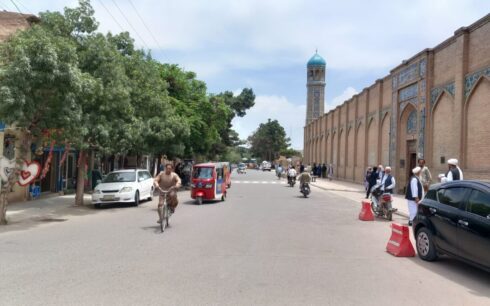On this day three years ago, journalist Ilyas Daee, affiliated with Radio Azadi, fell victim to an explosion in Helmand, prompting his grieving family to seek justice as the perpetrators remain at large.
Daee, targeted by a magnetic bomb affixed to his car on November 12, 2020, has left his family in limbo, with no information regarding the arrest and prosecution of those responsible for his murder.
His brother, Mojtabi Mohammadi, expressed the family’s frustration, stating, “There is no news about the arrest and trial of the perpetrators of this incident.”
While the previous government attributed the blast to the Taliban, the group consistently denies any involvement, creating a lingering mystery surrounding Daee’s tragic death.
“In the last two decades, 165 journalists and media workers in Afghanistan lost their lives in various events, making it the most unsafe place for journalists,” highlighted the challenges faced by journalists like Daee.
Journalists in Afghanistan, striving to cover daily events and inform the public, face increasing hurdles due to restrictions imposed by the Taliban.
Rahman Mirzad, a reporter for Rahman Farda TV, spoke about the difficulties encountered, stating, “After the establishment of the Islamic Emirate, restrictions were placed on the work of the media and journalists.”
Amid the two years of Taliban rule, the Free Journalists Association of Afghanistan recorded 301 cases of violence against journalists, with only four cases investigated to date.
Arbitrary arrests by the Taliban have become a major concern for journalists, leading some to sell their possessions and seek refuge in neighboring countries out of fear for their lives. Currently, nearly 200 journalists have taken refuge in Pakistan, and around 100 journalists have sought sanctuary in Iran.
The deportation and arrest of immigrants in these neighboring countries raise alarms for journalists already grappling with the challenges imposed by the Taliban.
Despite the statistics supporting free media, the arrival of the Taliban in Afghanistan resulted in a significant setback, with 71 television networks, 147 radio stations, 36 newspapers and magazines, and 10 news agencies and online media ceasing their broadcasts. Moreover, 70 percent of journalists and media employees, including women, lost their jobs among the 530 active media during the republic.




